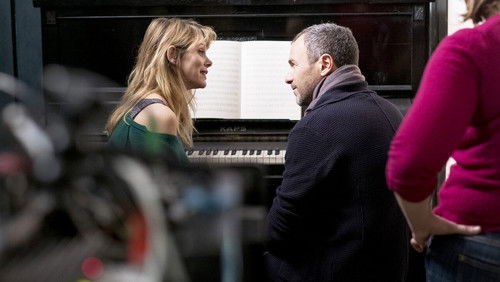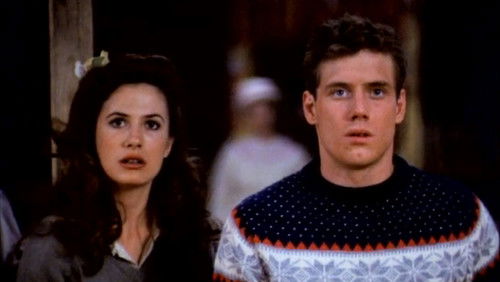Something to Live For (1952)
25KSomething to Live For (1952). 1h 29m | Approved
“I am surprised to see how subtle this film actually is in its depiction of alcoholism. There are no great dramatic scenes, and the film is based more on character than plot. An actress calls for help played adequately well by Joan Fontaine ( I did not feel she was at ease in the film ) and Ray Milland arrives to help as he has been through the same addiction, and in many subtle ways the scenario shows the temptation of drink and how probably, despite all u0026#39; cures u0026#39; the need never really goes away. This aspect Milland explains in a glance, and his wife excellently played by Theresa Wright watches and by a look expresses more than dialogue. As for the dialogue I found most of it natural and only in sequences of a dreadful Broadway play does it descend into banality. But with the absurd title of u0026#39; The Egyptions u0026#39; u0026#39; with terrible sets and costumes George Stevens should have chosen better. The ending is low key and yes many could find this dull, and given the publics need for melodrama in films dealing with this subject ( Iu0026#39;ll Cry Tomorrow with Susan Hayward is an example ) the way Stevenu0026#39;s treats it could appear too soft. In fact it appeared to me quite the contrary, showing how it can develop u0026#39; love u0026#39; out of need more than true equality of relationship and also how jobs could be put into jeopardy. There is a cruel scene at a party where everyone knows that Milland and Fontaine are u0026#39; together u0026#39; despite Millandu0026#39;s wife being there as well, and both are mocked and humiliated which was cruelly accurate of certain human behaviour. This is George Stevenu0026#39;s at his best. and his best is very good indeed. He made a few uneven films, and this in its way is one of them, but he also made u0026#39; Shane u0026#39; and u0026#39; A Place in the Sun, u0026#39; both fine examples of inner suffering in cinema. It should also be remembered that he filmed the liberation of places like Dachau, and that he could not film comedy afterwards. But coming back to u0026#39; Something to Live for u0026#39; it is flawed, but it also has a quiet punch about human nature that hits hard.”









